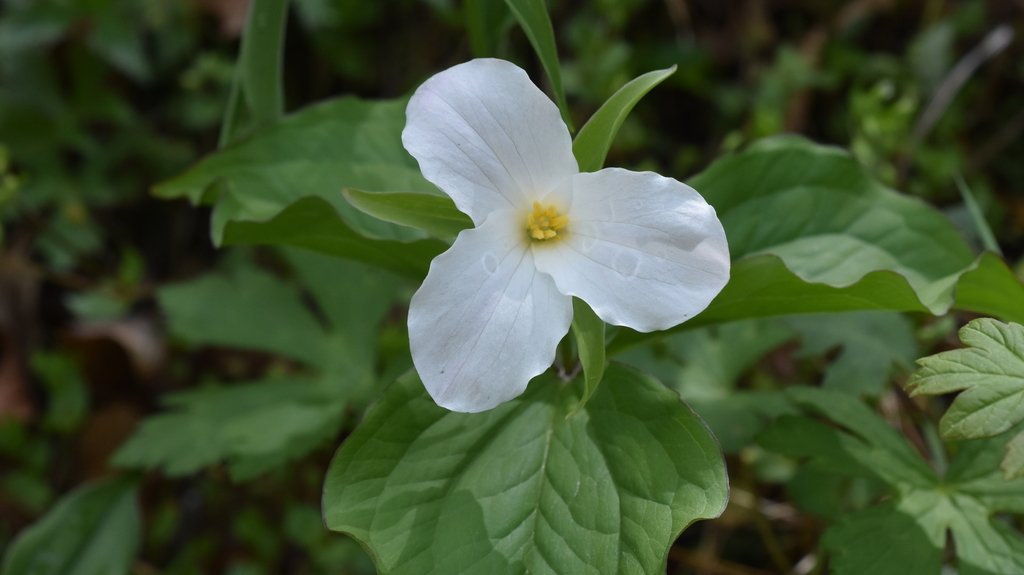

Countdown to the Mount Rogers Naturalist Rally 50th Anniversary!
It’s almost time for a very SPECIAL Mount Rogers Spring Naturalist Rally!

Golden-winged Warbler
The golden-winged warbler (Vermivora chrysoptera) is a challenged species on at least two levels. Its preferred habitat of wet, brushy, early successional open areas with available perching trees is disappearing, which has contributed to the decline of this species, placing it in the ‘species of concern’ category by the US Fish and Wildlife Service.